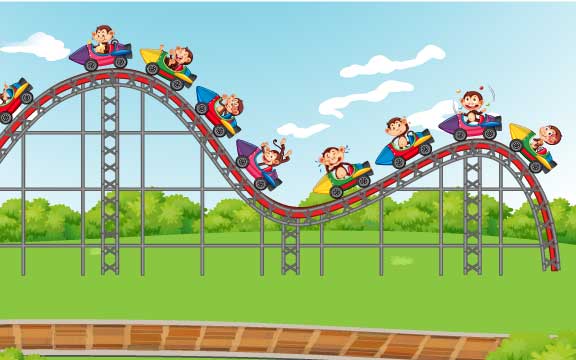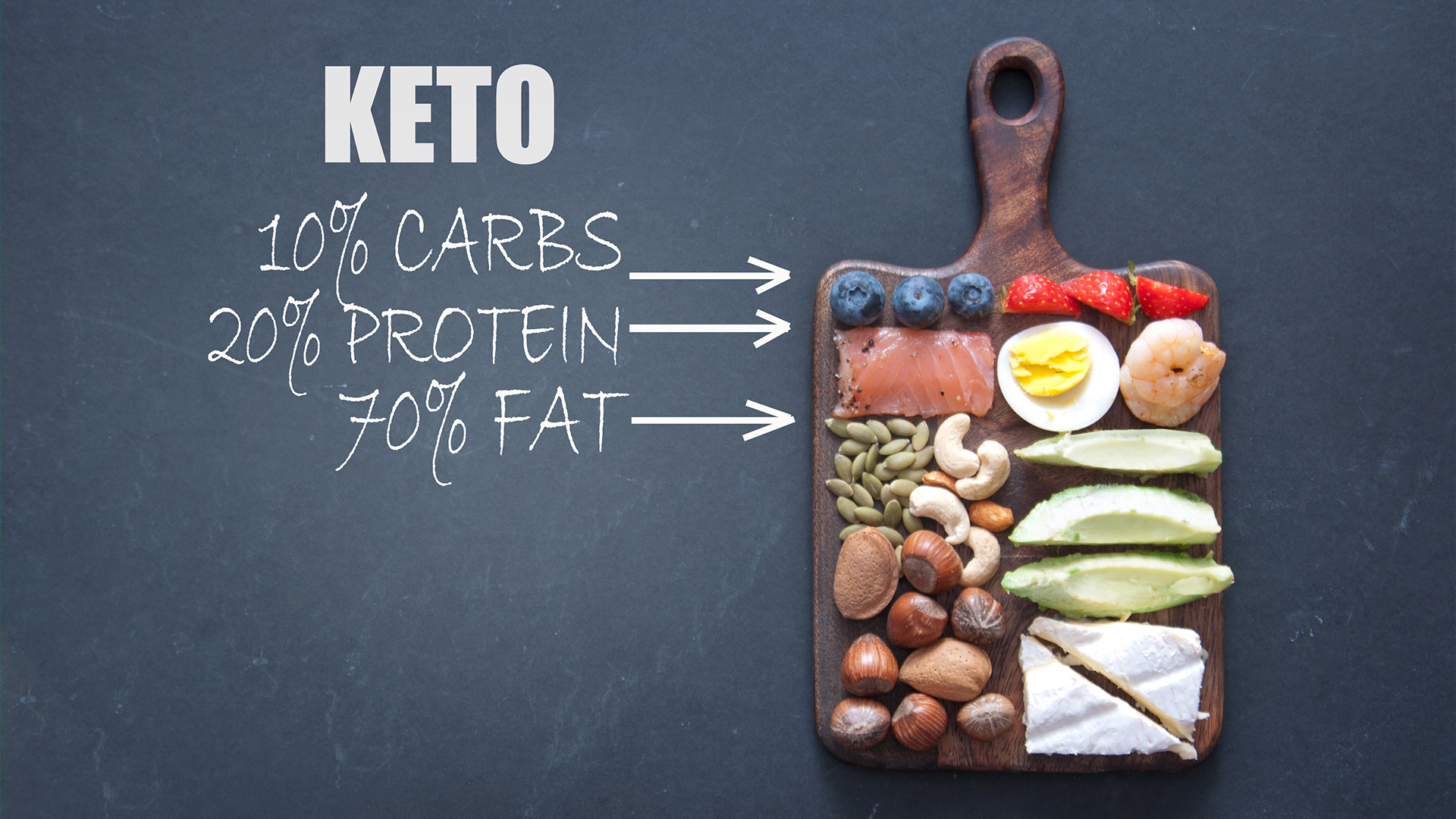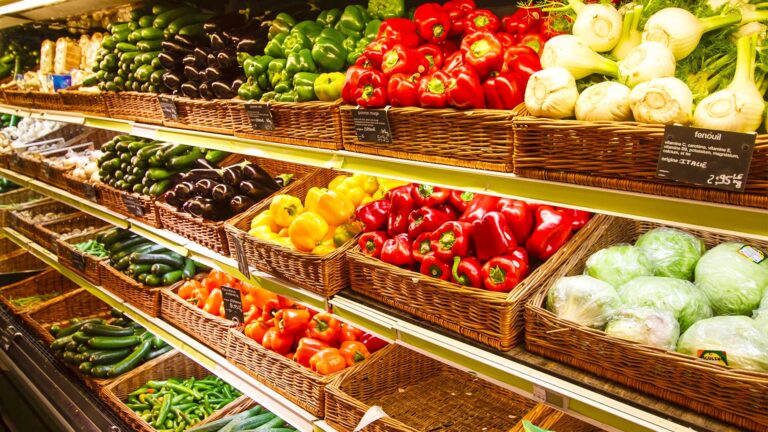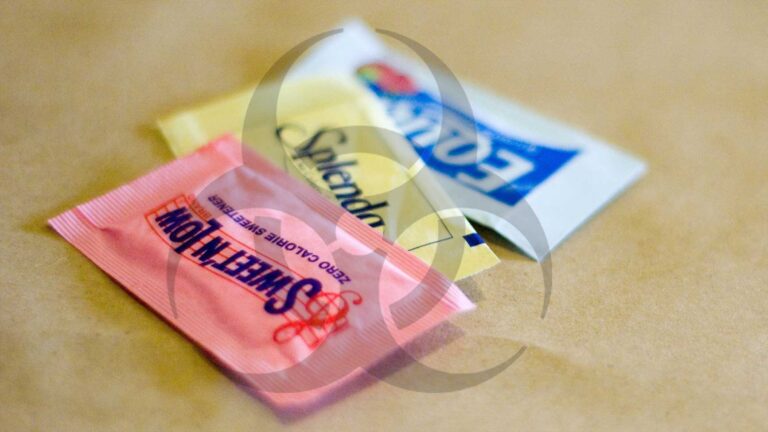Our bodies are pretty amazing when it comes to energy. We can burn both sugar (glucose) and fat for fuel, and we naturally switch between the two depending on what’s available. But in today’s world, where we’re constantly snacking and eating carbs, most people stay in glucose-burning mode all the time—and that’s not always a good thing.

Your body loves glucose because it’s fast and efficient. That’s why you crave sugary snacks when you’re low on energy—it’s like a quick fuel injection. But here’s the catch: glucose burns out fast. That’s why you can feel energized after a meal but crash a couple of hours later and need another snack. If you’re always eating carbs, your body stays in this glucose-burning mode and never really taps into fat for energy. That’s why a lot of people struggle with weight gain and energy crashes.
What’s cool about fat as fuel is that it’s more stable—no energy crashes, no hunger spikes, just steady energy that lasts for hours. That’s why people who eat lower-carb often say they feel more focused, alert, and less hungry throughout the day. This process is called ketosis, and it’s how people on the keto diet train their bodies to rely more on fat for energy instead of sugar.
Glucose: The Quick, Easy Fuel
Glucose is like gasoline for your body—quick-burning and easy to use. Here’s how it works:
- You eat something with carbs—bread, pasta, fruit, sugar, whatever.
- Your body breaks those carbs down into glucose (sugar) and sends it into your bloodstream.
- Your pancreas releases insulin, a hormone that helps move glucose into your cells for energy.
- Any extra glucose? It gets stored in your liver and muscles as glycogen (short-term storage) or turned into fat (long-term storage).
Fat: The Long-Lasting Fuel
Fat is more like a slow-burning log on a fire—it takes longer to break down, but it provides steady energy for hours. Here’s how your body uses fat:
- If you don’t eat carbs for a while (like during fasting or a low-carb diet), your glucose levels drop.
- Your body starts breaking down stored fat into fatty acids.
- Your liver converts some of those fatty acids into ketones, which your brain and muscles can use for energy.
- Boom—you’re now in fat-burning mode.
So, Which One is Better: Glucose or Fat?
It depends! Your body naturally switches between both depending on what you’re doing:
- Glucose is great for quick bursts of energy—like sprinting, lifting heavy weights, or intense workouts.
- Fat is better for long-lasting energy—like walking, jogging, or just going about your day.
- Ketones (from fat) are a super clean fuel for the brain—some people say they feel mentally sharper when they’re in ketosis.
The problem is, that most people never give their bodies a chance to burn fat because they’re always eating carbs. That means their bodies are stuck in sugar-burning mode 24/7, which can lead to weight gain, energy crashes, and insulin resistance (a step toward diabetes).
How Fasting Helps You Burn Fat
Ever wonder why people talk about intermittent fasting? It’s because when you go for long stretches without eating, your body naturally shifts into fat-burning mode:
- After 4–6 hours without food, your body starts using stored glucose.
- After 12–24 hours, your glucose stores run low, and your body burns more fat for fuel.
- After 24+ hours, you’re in deep fat-burning mode and producing even more ketones.
This is why fasting (or cutting back on carbs) can help with weight loss—it forces your body to tap into its fat reserves instead of relying on constant sugar refills.
Bottom Line
Our bodies were designed to burn both sugar and fat, but because we eat so many carbs all the time, most of us never give our fat-burning system a real workout. By reducing carbs, fasting, or even just spacing out meals a bit more, you can train your body to burn fat more efficiently—leading to better energy, better focus, and easier weight management.



